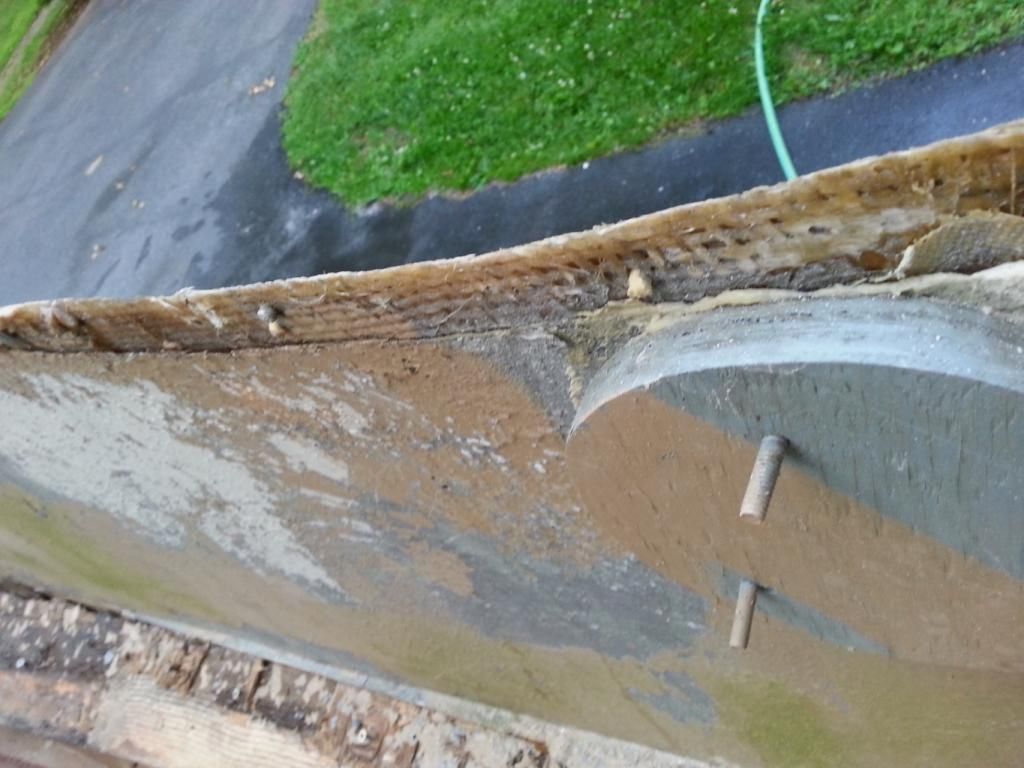tartuffe
Junior Member
Tartuffe
For composite board dose it have to be infused vacuum bagged? Or whatever the proper terminology is? Doing research and it looks like awesome stuff. Did you start your rebuild onthe exterior of the hull? How did you flip it? Still have your support? Sorry for so many questions but I really appreciate the help!
You can use composites the same way you would use traditional wood. I started with the inside first, rebuilt the stringers and transom and then flipped the hull over. I put an I-bolt through the transom drain hole with big washers on the inside and out, tied a rope to the u-bolt where your trailer winch attaches, raised it up like a hammock and rolled her over with a friends help. Boat is pretty light without the cap on it/fuel tank, or floor. You can slide some stout sawhorses underneath and lower it back down.

